![]()
![]()
The end of Jesus' ministry on earth ended around 36 A.D., and the oral tradition of what we now know as the gospels began. The gospels of Matthew, Mark, and Luke were the first to be written, while the gospel of John came later. The New Testament letters were written after the gospel of Mark and before the book of III John was written. By the end of the first century, all New Testament books were accepted as divine by believers. No writing of an apostle was knowingly rejected by the church, nor has any apostolic book been proven to be lost.
The various gospels and letters of what we now know as the New Testament were circulated among the believers individually for hundreds of years. Congregations would have copies of part or all of the New Testament, depending on availability.
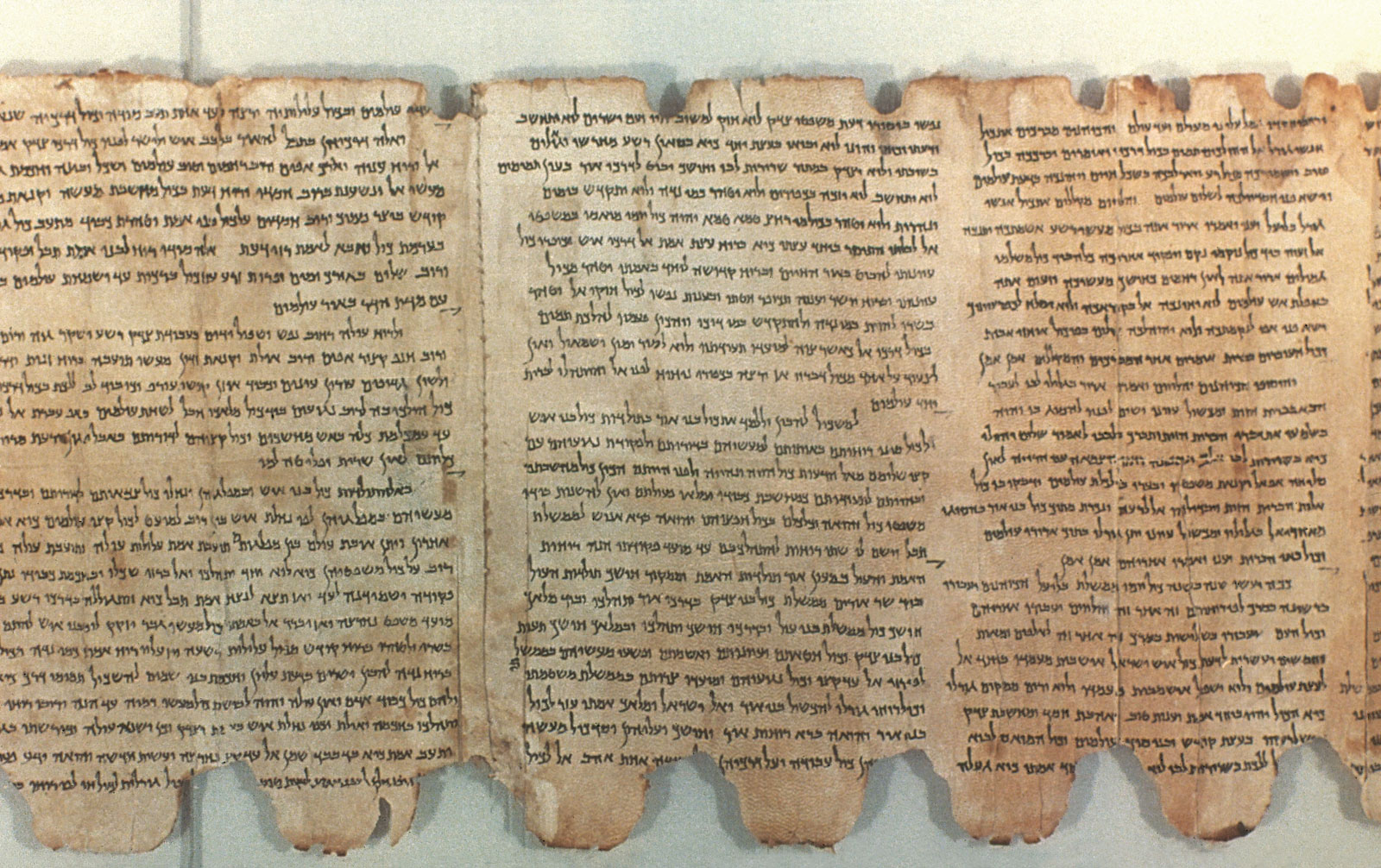
The earliest translations of the Greek New Testament were in Aramaic and Latin. The Syriac version became the Bible of the eastern churches, and was later translated into Arabic, Persian, and Armenian.
The Old Latin version became the Bible of the western churches and for a thousand years was the source of most other translations. Jerome's Latin Vulgate version, made from the Old Latin about 400 A.D., became the official Bible of the Catholic Church.
Both of these early versions were made in the second century, about 50 years after John wrote his Revelation, and testify that the New Testament as we know it was completely compiled by that time. Within a generation after John, all 27 books of the New Testament were cited as Scripture by some church leader. Within 200 years, all but 11 verses of the New Testament were quoted in more than 36,000 citations of the church fathers that have been preserved.
Some consider the Apocrypha to be equal to the Bible as far as Scriptural authority is concerned, most notably the Catholic church. However, these books were never received as equal to apostolic writings. No church leader or council ever accepted these books, which emphasize miracles over teaching and are quite different from Scripture in purpose and content.
The book of Jude was a problem to some because it quoted Enoch, an apocryphal (false) book. Jude, though quoting pagan sources, does not commend them; Paul does the same in Titus 1:12. It is also possible that Jude knew what part of Enoch was true and which part was false at that time.
Two North African church councils (at Hippo in 385 and Carthage in 397) definitively declared the Bible complete in the 66 books in today's Protestant Bibles. Their action didn't confer any authority on the New Testament; it only ratified what was already the accepted practice of the churches. The New Testament and the church grew up together.
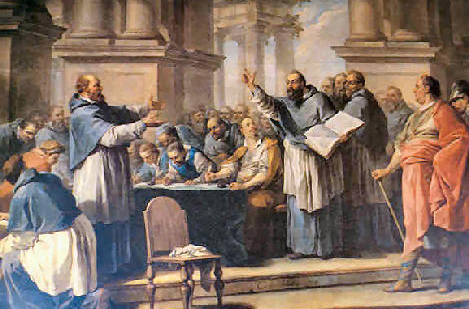
Council of Carthage in 397
For a thousand years, Jerome's Latin Bible reigned supreme as the Bible version. But with the demise of the Roman Empire, Europe's beginning emergence from the dark Middle Ages, and England's ascendancy as the major world power, the fourteenth century people were becoming dissatisfied with church services in a language few could understand, and they clamored for a translation of the Bible in plain English.
In 1380 John Wycliffe produced a homely, forthright English version of the New Testament from the Latin, followed by the Old Testament two years later. For the first time, the entire Bible was available in English. Wycliffe's is the first complete translation of the Bible in English and is also the first modern English version.
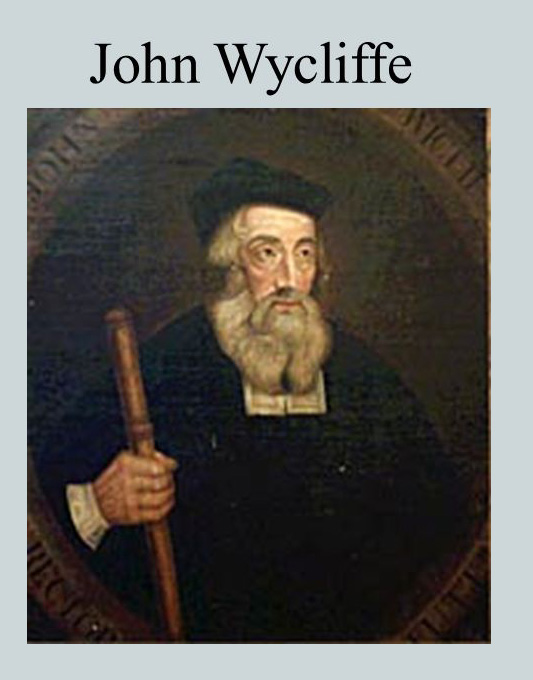
Wycliffe adopted the chapter divisions created by Stephen Langdon in 1227 and used in all Bible versions since. At first, the Hebrew and Greek texts had no divisions, not even spaces between the words. So the Bible had been completed for over 1,100 years before chapter divisions as we know them were introduced into the text.
In 1408 English subjects were forbidden by the Catholic church to make or read a version of the Bible in their native tongue. After Wycliffe was posthumously condemned as a heretic, his body was exhumed and burned by the Catholic Church.
Gutenberg's invention of movable type in Mainz, Germany about 1450 made the printing of books possible and economical. The first book to be printed on the new press was the Latin Bible, or the "Gutenberg Bible" (only 14 copies survive today; they are, incidentally, the most valuable and desired books in the world). By the turn of the century, the Bible had been printed in 14 languages.
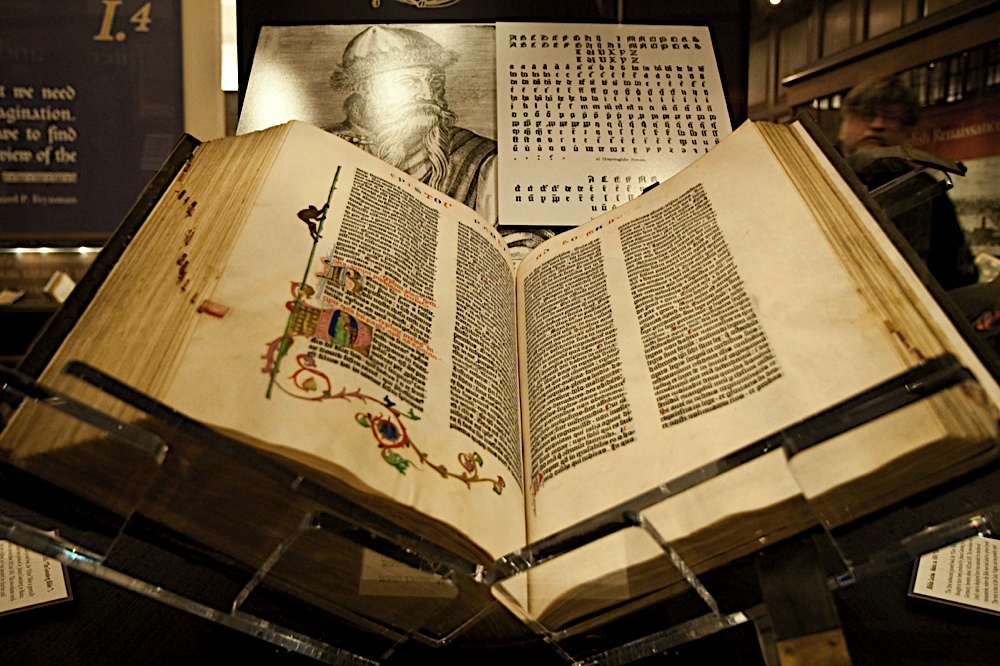
Gutenberg Bible
In 1516 a milestone was reached in the Bible's story when the great monk-scholar Erasmus published the first printed edition of the New Testament in Greek. Now, scholars everywhere could have access to the same text of the New testament in its original language.
Martin Luther, the great Protestant reformer, realized his Reformation needed a Bible in the language of the people, so in 1534 he made the first European Bible based on the original Hebrew and Greek instead of the Latin.
In 1560 the Geneva Bible was mass-produced in a convenient size with illustrations and commentary. This excellent translation became very popular with the common people, but it was opposed by both the government and Catholic Church because of its caustic marginal notes. This was the first English version to incorporate modern verse divisions, printing each verse as a separate paragraph. Robert Stephanus is credited with creating biblical verse divisions between 1551 and 1555.
The controversies over the extant Bibles prompted church leaders to convene at Hampton Court, a London royal residence. Their proposal of a new Bible acceptable to all caused King James I of England in 1604 to authorize a new translation of the Bible, which would be published seven years later as the King James Version.
Several printed editions of the KJV over the centuries show that scribes writing by hand weren't the only ones to make copying errors. A 1631 edition was called the "Wicked Bible" because it omitted "not" from the seventh commandment ("You shall commit adultery"). The "Murderer's Bible" (1795) misspelled "filled" as "killed" in Mark 7:27 ("Let the children first be killed...."). The "Vinegar Bible" substituted "vinegar" for "vineyard" for the Luke 20 parable. The "Bug Bible" printed a line of Psalm 91 as, "Thou shalt not not be afraid of any buggies by night."
For an up-to-date edition of the whole Bible which balances readability with reliability, most evangelical Christians would recommend the New International Version (NIV), which is rapidly becoming the most popular around the world. It was produced by an international team of scholars from three continents and 10 denominations. After each portion was approved by the committees of Hebrew and Greek scholars, it was submitted to literary consultants who evaluated its English style and clarity of expression.
The world's largest Christian missionary organization, the Wycliffe Bible Translators, is committed to use Bible translation to fulfill the Great Commission. Over 7,000 Wycliffe translators and support workers from 34 countries have teamed together to produce New Testaments and parts of the Old in 200 languages. They are currently working in 761 more languages spoken in 40 different countries.
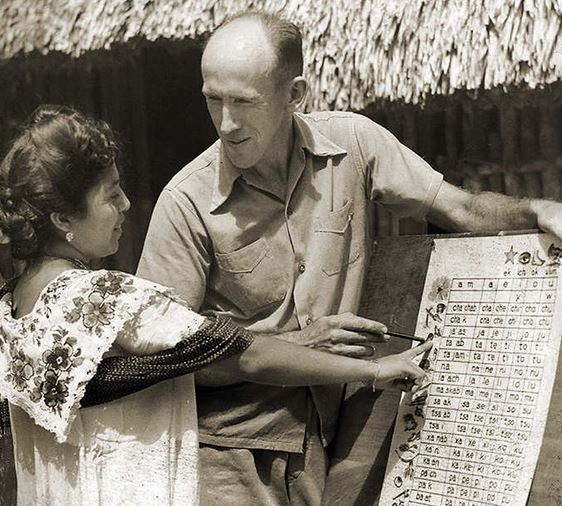
Wycliffe Bible Translators
Of the 5,103 languages spoken in the world in 1978, 212 had a good Bible, 422 had a good New Testament, and 35 had Scripture which needed revision. In 830 languages, translation was in progress, but 168 languages were spoken by bilinguals who could use Scripture already available in another language. That leaves 3,279 languages with nothing of God's Word yet available.
How many Bibles do you have at home in your language? How can we justify the more than 550 different English versions that have been made to date, when thousands of languages have no Scripture?
In spite of the
availability of the Scriptures in over 1,700 languages, the Bible is still
a closed book for speakers in almost twice that number of languages. For
3,279 language groups, the Bible has yet to become a book.
[Much of this information came from "How The
Bible Became A Book" by Terry Hall]